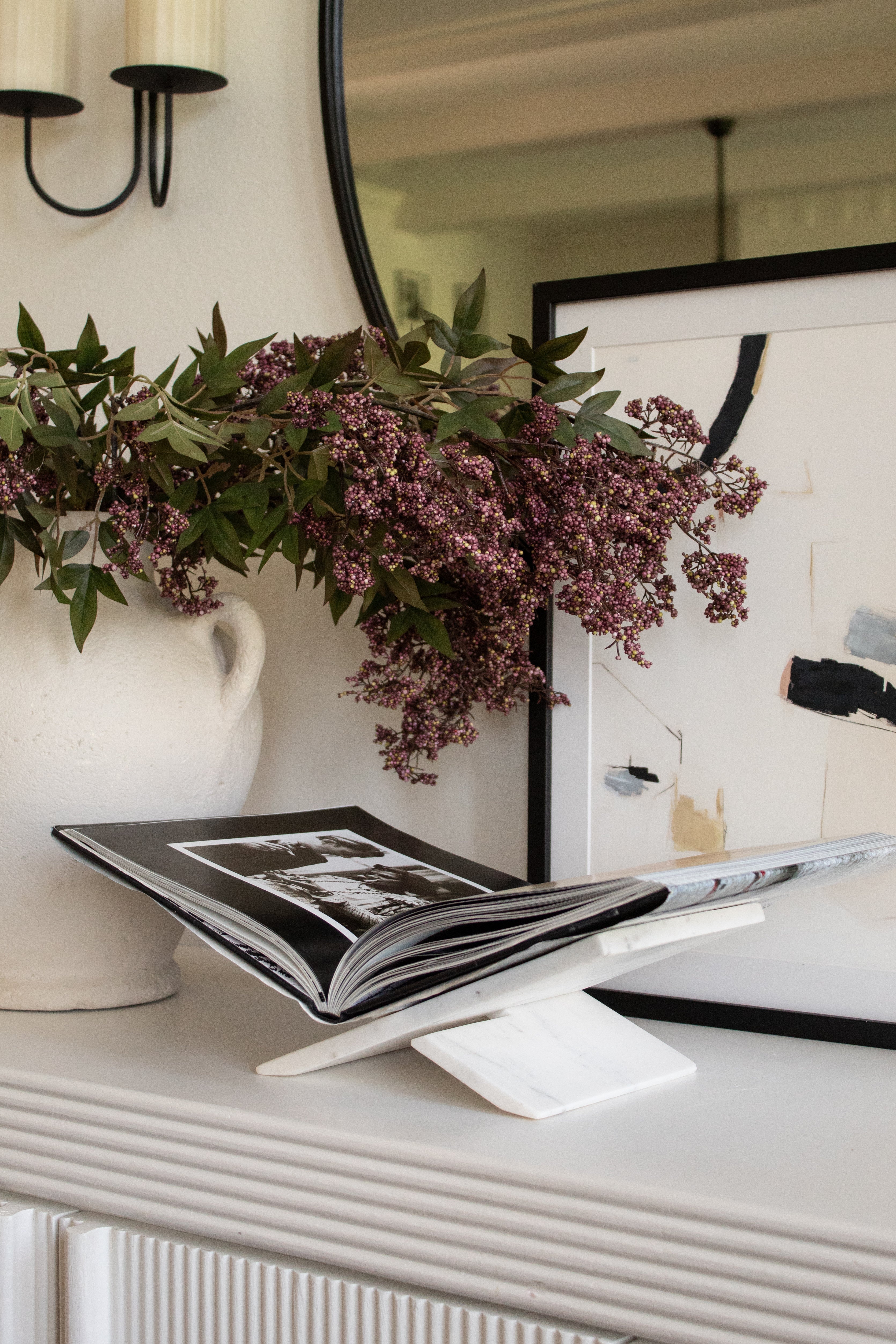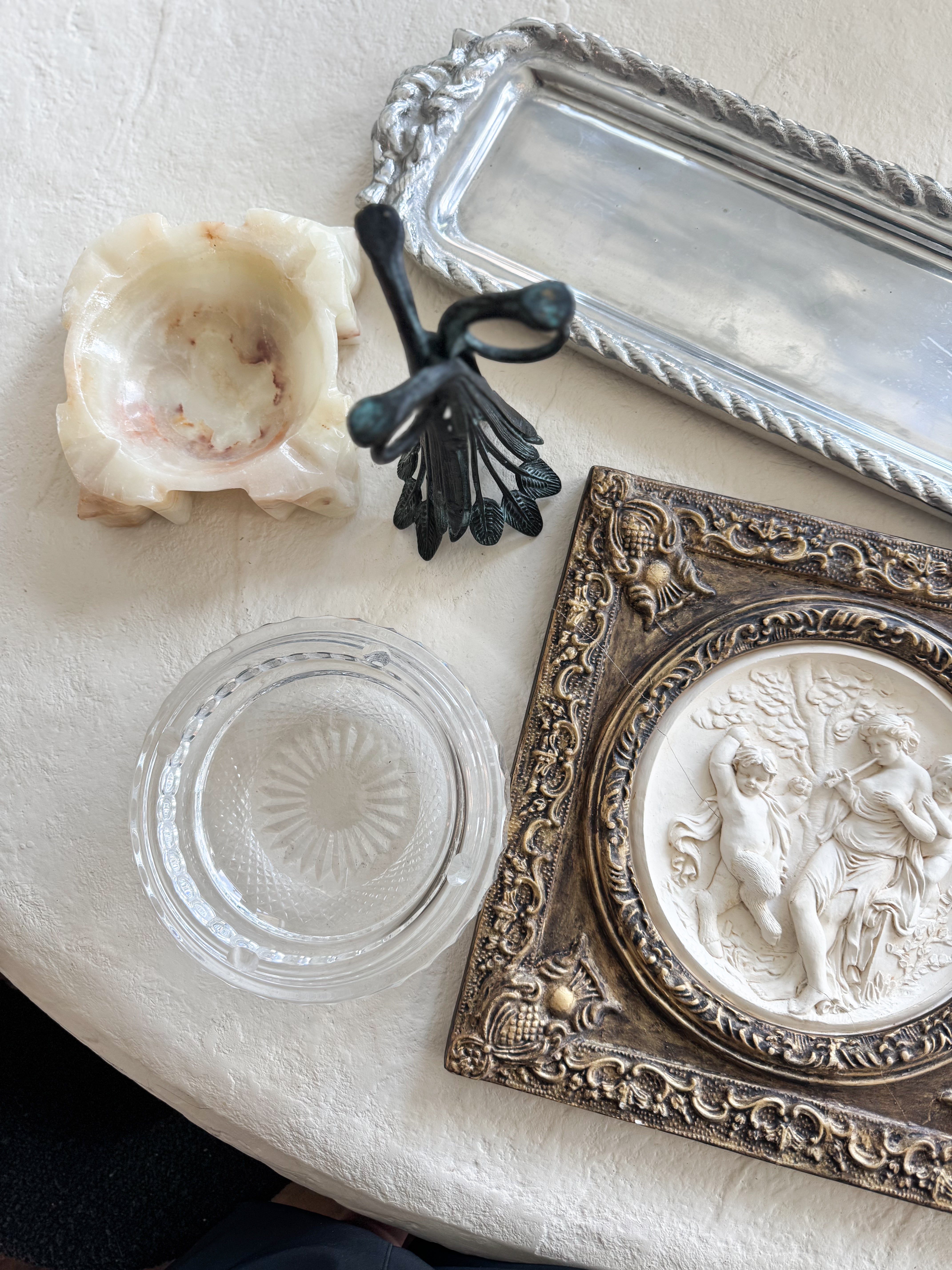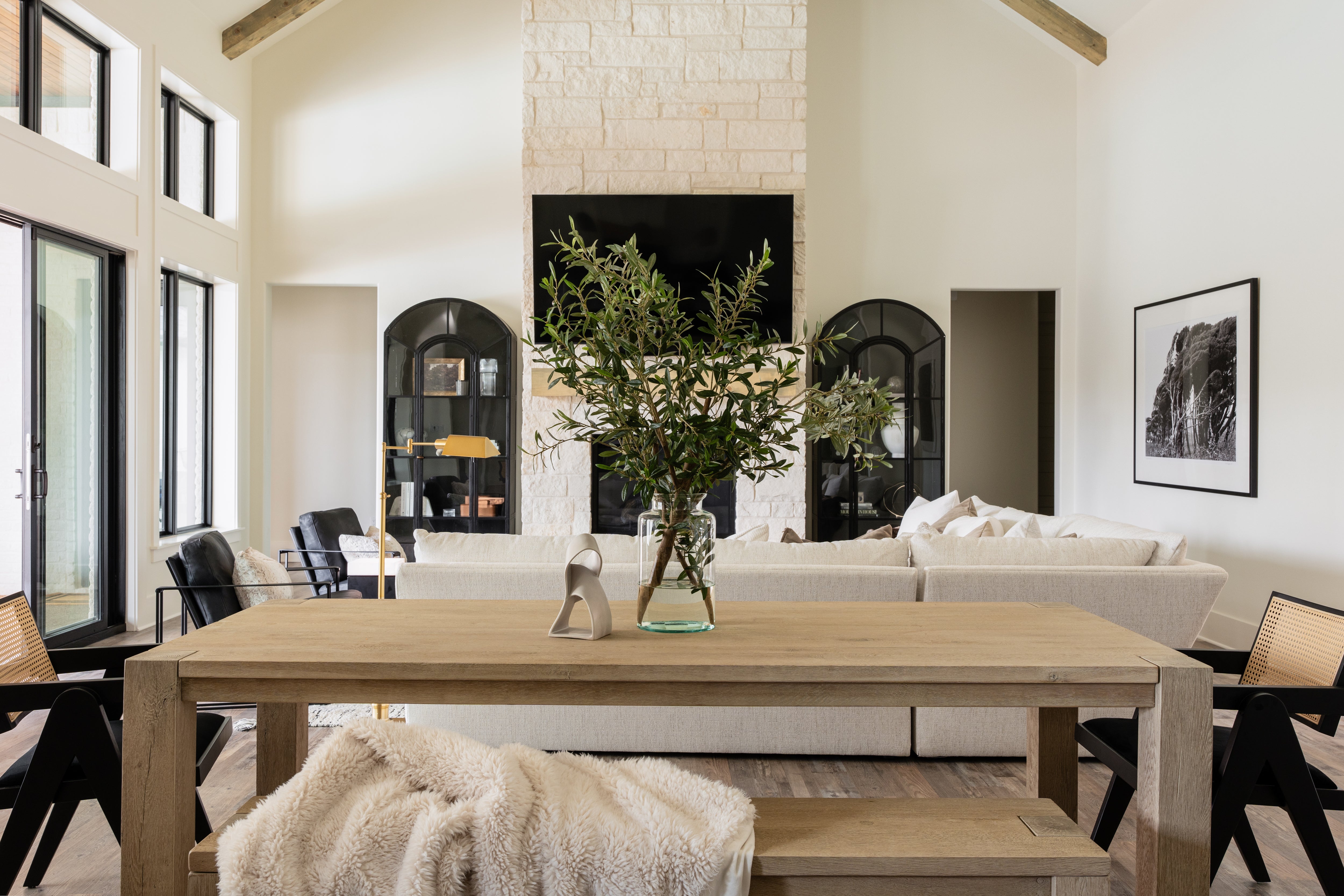There's something undeniably special about homes that feel like they’ve been lived in for generations. The creak of original wood floors and the character of handcrafted moldings give the sense that every single corner holds a story. As an East Texas interior designer, I’ve often met clients designing a new home who say the same thing: “I want it to feel old, but in a good way.” That’s one of my favorite challenges as an East Texas interior designer: taking a brand-new build and giving it the kind of soul you would find in a hundred-year-old house, and I’m teaching you how below!

Your Guide to Designing a New House With Old-House Charm
You don’t need century-old bricks or an original clawfoot tub to capture that timeless charm, even when you’re designing a new house. Here are a few of my favorite characteristics from older homes that you can weave into your new build!
True Millwork & Trim Details
One thing about old homes is that they rarely skimp on woodwork. Crown molding, tall baseboards, wainscoting, and picture rails are elements that add instant elegance to a space. When designing a new home, incorporating traditional trim work (even with modern materials) creates architectural interest and adds character to a house.

Interior designer tip: Opt for higher baseboards (at least 6-8 inches), paneled wainscoting in dining rooms or hallways, and consider adding ceiling medallions for an extra nod to old-world craftsmanship.
Here is a helpful overview of millwork details that will add character to a home easily:

Solid, Timeless Materials
Part of what makes old homes feel “real” is their use of natural, solid materials. A lot of vintage homes use stone, brick, plaster, and hardwoods. These materials age gracefully and carry a sense of weight and warmth that’s easy to carry over to your own space when you’re designing a new home.
Interior designer tip: Incorporate reclaimed wood for beams or flooring, or consider exposed brick for a statement wall or fireplace. Even if it’s new, using materials that look and feel substantial can add character to any room!

Classic Floor Plans (With a Twist)
Open-concept living is popular today, and for good reason! However, older homes often featured more defined rooms, each with its own purpose and feel. This doesn’t mean you have to go full Victorian, but gently suggesting separation between spaces can add coziness and structure when you’re designing a new home.
Interior designer tip: Use archways, cased openings, or partial walls to subtly divide large spaces. A butler’s pantry between the kitchen and dining room is a charming nod to old-house functionality that many homeowners now love for its style and practicality.

Statement Staircases
In many older homes, the staircase was a focal point and made a statement. A thoughtfully designed staircase can still create the same impact today, which is something to consider when designing a new home.
Interior designer tip: Consider wood railings with traditional balusters, a curved newel post, or even a dramatic runner to give the staircase the attention it deserves.

Unique Nooks & Built-Ins
Before closets were standard and storage became hidden, old homes made creative use of space, with things like built-in bookcases, window seats, under-the-stairs storage, and cozy alcoves. I love using features like these in modern homes, because they add more charm and depth while allowing you to decorate in a way that puts your own spin on it. I have a whole blog post about styling a bookshelf for this particular reason!
Interior designer tip: Add a built-in bench beneath a window, design custom cabinetry around a fireplace, or carve out a reading nook beneath the eaves. These special spots make a house feel lived-in and well-loved.

Period-Appropriate Fixtures
Lighting and hardware are often overlooked, but in old homes, these details were chosen with care. From antique brass knobs to glass pendant lights, these small choices can dramatically influence the overall feel and be a very easy way to infuse character into a space.
Interior designer tip: Mix vintage or vintage-inspired pieces into your design. A salvaged chandelier in the entryway or unlacquered brass faucets in the powder room can add a touch that goes a long way.

Aged Finishes & Layered Textures
Old homes aren’t perfect by any means, but that’s exactly what makes them so charming. Slightly worn finishes, layered rugs, and a mix of textures create depth and add a sense of history.
Interior designer tip: Embrace wood grain, stone variation, plaster-like wall textures, or even limewash paint. These imperfections can soften a brand-new space and make it feel like it’s been around for generations!

Brittney Lane Interiors | East Texas Interior Designer
Designing a new home that feels old is about more than aesthetics; it’s about creating a space that feels rooted, personal, and full of stories waiting to be told. If you’re designing a new home and want to know how to add character to your house, drawing inspiration from the past can make your home feel timeless and truly yours. If you're planning a new build and want to infuse it with warmth, charm, and a sense of history, I’d love to help bring that vision to life! Book your consultation here.
For more interior design inspiration and ideas that could be helpful when designing a new home, check out more of my blog posts:
Saves and Splurges For When You Design a Custom Home
The Comprehensive Guide to Different Types of Cabinet Styles
5 Home and Interior Design Ideas to Maintain Cohesion Throughout Your Space
Read more

The best time of the year is slowly making its way in, and it’s time to be surrounded by pumpkin everything and rich autumn colors everywhere you look. The best part? You get to bring the cozy fall...

I’ve always believed the most stunning homes are the ones that feel collected over time, not copied from a catalog. Mixing modern and vintage is my favorite way to achieve that balance of timeless ...

